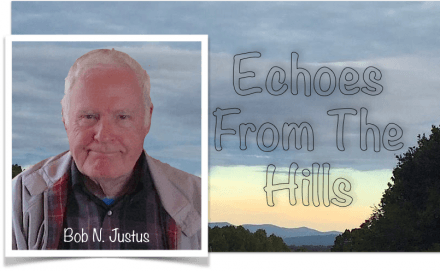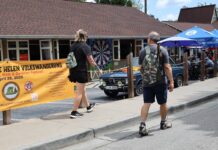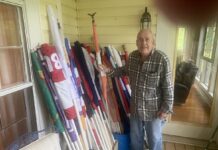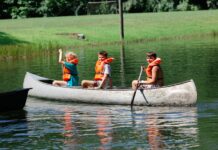
From an early age I loved the stories, true and fiction, of the American West. On journeys with relatives and friends to the western United States I kept notes or journal. Going to Dubois, Wyoming, on a two week journey to camp, fish and look, on August 13, 2015, I wrote “We crossed the Missouri River at St. Joseph, which first became an outpost for fur traders and then a bustling jumping off place for thousands of traders and settlers heading for the Oregon Territory in the mid-1880s. Oddly, while founded years after eastern settlements, St. Joseph was the second city in the USA to have electric streetcars!”
I first visited St. Joseph with Ronald Vandiver, who was a lifetime lover of the west and a great self taught historian on history, especially on family history and the settling of the American west. He shared information I’d never heard on my first two trips with friends and relatives to Wyoming.
Going west we traveled US 36 several times. Regarding early history, between April 3, 1860 and late Oct. 1861, the Pony Express delivering mail to California followed the route along the present US 36. Here and there figures of a Pony Express rider and horse made me think of the early stories of Buffalo Bill Cody, who as a teenager rode the dangerous route through Indian country.
One town that saw a lot of history being made was Marysville, Kansas, located near vast fields of corn and soybeans. Laid out by Francis J. Marshall in 1855, the town was on the Oregon Trail and the Pony Express route; the St. Joe Road; the Overland Stage; the Military Road; and the Otoe-Missouria Trail. British explorer Richard Francis Burton, on his way to California in 1860, wrote “Passing by Marysville, listed in old maps as ‘Palmetto City,’ a country town which thrives by selling whisky to ruffians of all descriptions…” The old Pony Express Station still stands in downtown Marysville. For nearly 100 years the Union Pacific Railroad has been Marysville’s inhabitants’ major employer. Over 60 trains pass here daily. Another name, “Black Squirrel City” came because of all-black squirrels started by some escaping from a traveling circus. Today, we have white squirrels on our wooded lot!” The last black squirrel I saw was near San Antonio, Texas over 50 years ago.
Smith Center, Kansas, has a sign listing it as the birthplace of “Home on the Range.” This song was written by Daniel E. Kelley, and first published in December 1873 in Smith County Pioneer, entitled “My Western Home.” Cowboys in old western movies sometimes sung this song. I’m thinking of Gene Autry or Roy Rogers.
In this area another interesting twist was seeing a river called “Republican River.” The local history note said the town was named after a branch of the Pawnee Indians called Republicans! I’d assume some early Republican pioneers may have influenced the Indians to be so named, but I ask, could the party by that name adopt it from the Indians? I know; a silly question, for a guy who likes history!
I hope enough of you enjoy history to read this article. I grew up reading history from ancient to modern times. Also, in my early trips with Ronald Vandiver, his knowledge of western history inspired me to study it more and to look at the background of place names. It adds much more to travel than just surveying the terrain.







